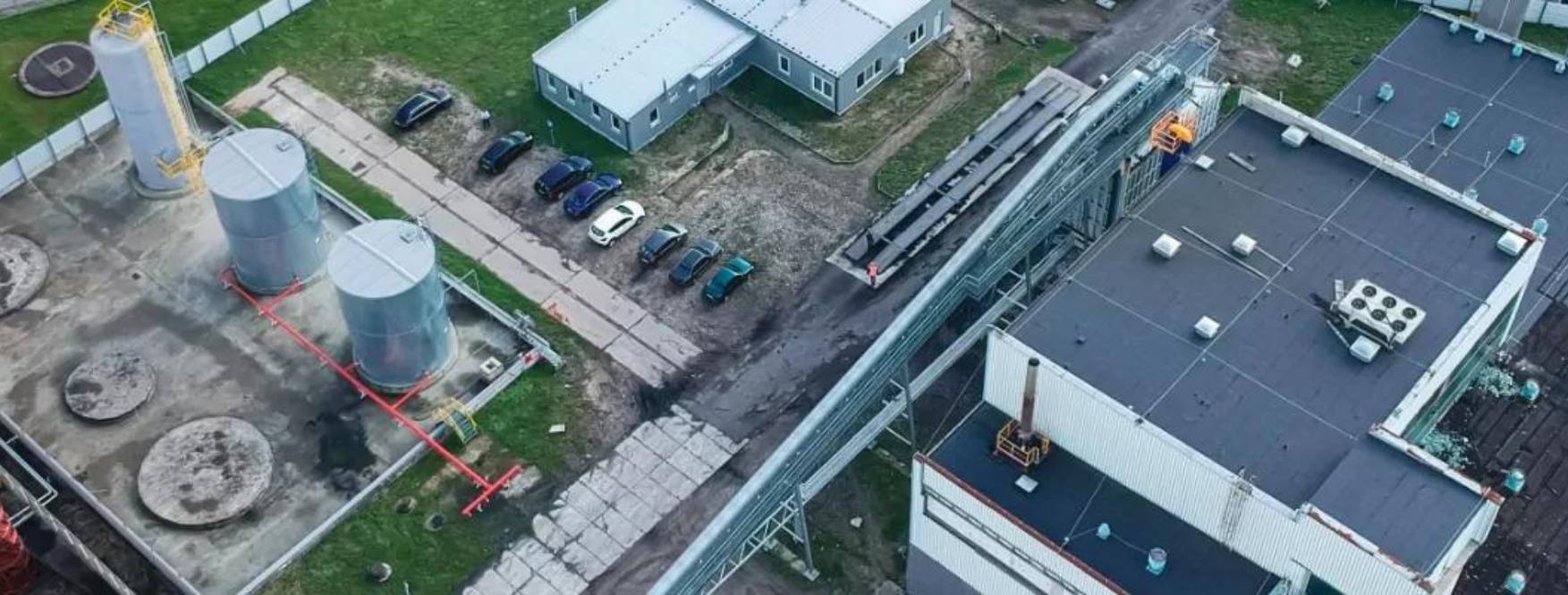
Report: Contec’s carbon emission impact in 2022
Developing sustainable technology and collaboration both have a positive impact on the environment.
It’s important to us at Contec that, in our journey of promoting and driving circularity, we can measure our environmental impact in detail and be transparent about our carbon footprint.
Contec strives to accelerate the transformation of the manufacturing industry towards carbon neutrality while providing high-quality and consistent products to partners. By committing ourselves to sustainability, we can help our partners on their sustainability journeys, too.
Certification of products by a high-profile accounting system elicits partner to trust by giving a third-party recommendation.
Therefore, we had the Climate Strategies Poland Foundation calculate the life-cycle emissions of two of our ELT pyrolysis products using the global Greenhouse Gas (GHG) Protocol. This article covers the highlights from the carbon emissions impact report.
Review the report as a PDF.
What is the Greenhouse Gas Protocol?
The Greenhouse Gas (GHG) protocol was created by the World Resources Institute (WRI) and the World Business Council for Sustainable Development (WBCSD) in the late 1990s, to provide an international standard for corporations to measure and report their carbon emissions.
Nearly 90 per cent of emissions accounting and reporting programs used by governments and corporations are based on the GHG protocol, as it’s globally accepted and provides a standardised means of comparison.
In the past, corporations focused only on emissions from their own operations. To allow corporations to measure the emissions of their products and services across the entire value chain, WRI, and WBCSD designed the Product Life Cycle Accounting and Reporting Standard in 2011.
This new tool responds to customer demand to know the complete environmental impact of a product.
Contec’s product carbon footprint
The Climate Strategies Poland Foundation calculated Contec’s product life cycle carbon emissions from July 2021 to January 2022. This cradle-to-gate calculation included the production process and distribution. We had the product carbon footprint (PCF) of pyrolytic oil and recovered Carbon Black (rCB) estimated according to the Greenhouse Gas Protocol.
The carbon footprint measurement included all the gases listed in the GHG Protocol Product Standard—carbon dioxide, methane, nitrous oxide, sulphur hexafluoride, nitrogen trifluoride, perfluorocarbons, and hydrofluorocarbons.
The boundary for estimating PCF, considering all inputs and outputs, was described for the following three stages:
1. Raw material acquisition and preprocessing
This phase includes emissions from extraction, preprocessing, and transporting material to the production site. The end-of-life tires (ELTs) used to produce pyrolytic oil and recovered Carbon Black are not raw materials but waste. So, only emissions from transporting ELTs to Contec are included, not emissions from tire production. Emissions from producing other materials like gloves, reagents, etc., are also covered.
2. Production stage
Emissions from utilities consumed during production and the treatment and transportation of waste produced during the process are included in this phase. Utilities considered are electricity, pyrolytic gas, propane (LPG), diesel, and wastewater production. Waste from the pyrolysis processes that can be further recycled, like steel and textiles, or used for incineration, like filter materials, are not considered.
3. Distribution and storage
Emissions generated during transportation to customers’ gates are part of this phase. Contec transported pyrolytic oil to two customers for 250 km and 800 km, respectively. Recovered Carbon Black was transported 375 km.
Report overview
The certificate reports the carbon emissions from producing one ton of pyrolytic oil and recovered Carbon Black and their distribution to customers. Those results are highlighted below:
Pyrolytic Oil Carbon Footprint
Table 1: Carbon footprint of pyrolytic oil (without distribution to customers)
The acquisition of raw materials and the production of pyrolytic oil resulted in 399.75 kg CO2e/1t of emissions. Utility consumption of propane and pyrolytic gas during production accounts for the most emissions (81.87%), as shown in Table 1.
Distribution emissions depend on the distance to the customer.
- For Customer 1 (250 km away), it is 42.01 kg CO2e/1t.
- For Customer 2 (800 km), it is 119.42 kg CO2e/1t.
Recovered Carbon Black Footprint
Table 2: Carbon footprint of recovered Carbon Black (without distribution to customers)
The carbon footprint of material acquisition, preprocessing, and production for rCB is 439.17 kg CO2e/1t. Again, LPG and pyrolytic gas consumption during production account for the highest emissions (81.80%), as shown in Table 2. The carbon footprint of transporting to customer 1 (375 km away) is 55.98 kg CO2e/1t.
Driving sustainability at Contec
Contec’s holistic approach—such as sourcing ELTs from neighbouring areas, optimising the production process, reducing raw materials consumption, and using renewable energy—makes our products more eco-friendly.
Contec uses electricity from 100% renewable sources—solar and wind—which lowers production emissions. If Contec had used the average Polish electricity mix, the carbon footprint of both products would be an additional 127% higher. This would increase the carbon footprint of pyrolytic oil to 907.67 kg CO2e/1t, and increase to 996.65 kg CO2e/1t for rCB.
Contec is proud to announce that it has reduced the carbon footprint of its two products, and manufacturers sourcing Contec products will benefit from our journey toward sustainability.
Get in touch to learn more about our sustainable solutions.
If you liked reading this article, we recommend the following content: